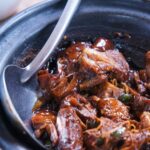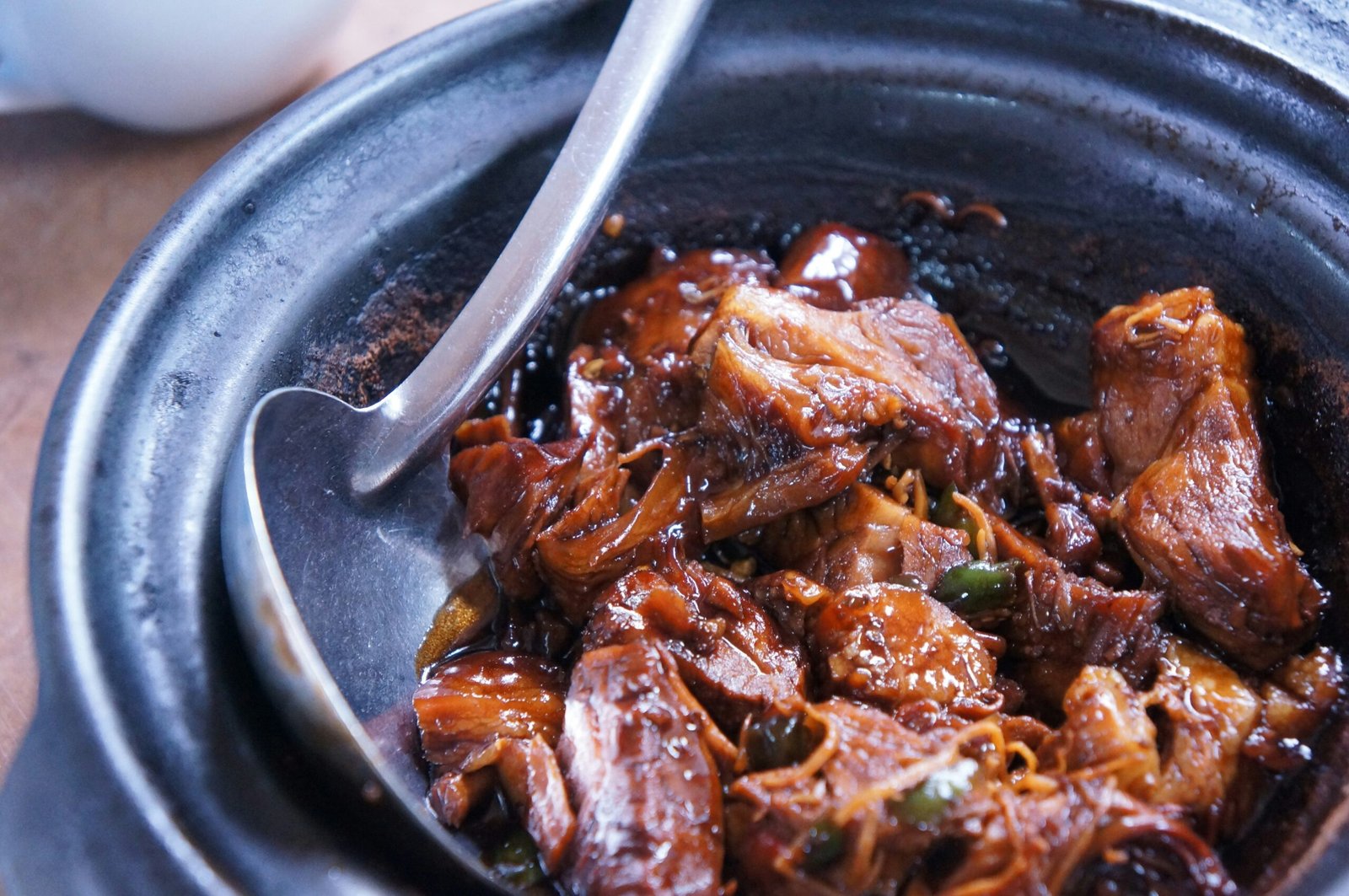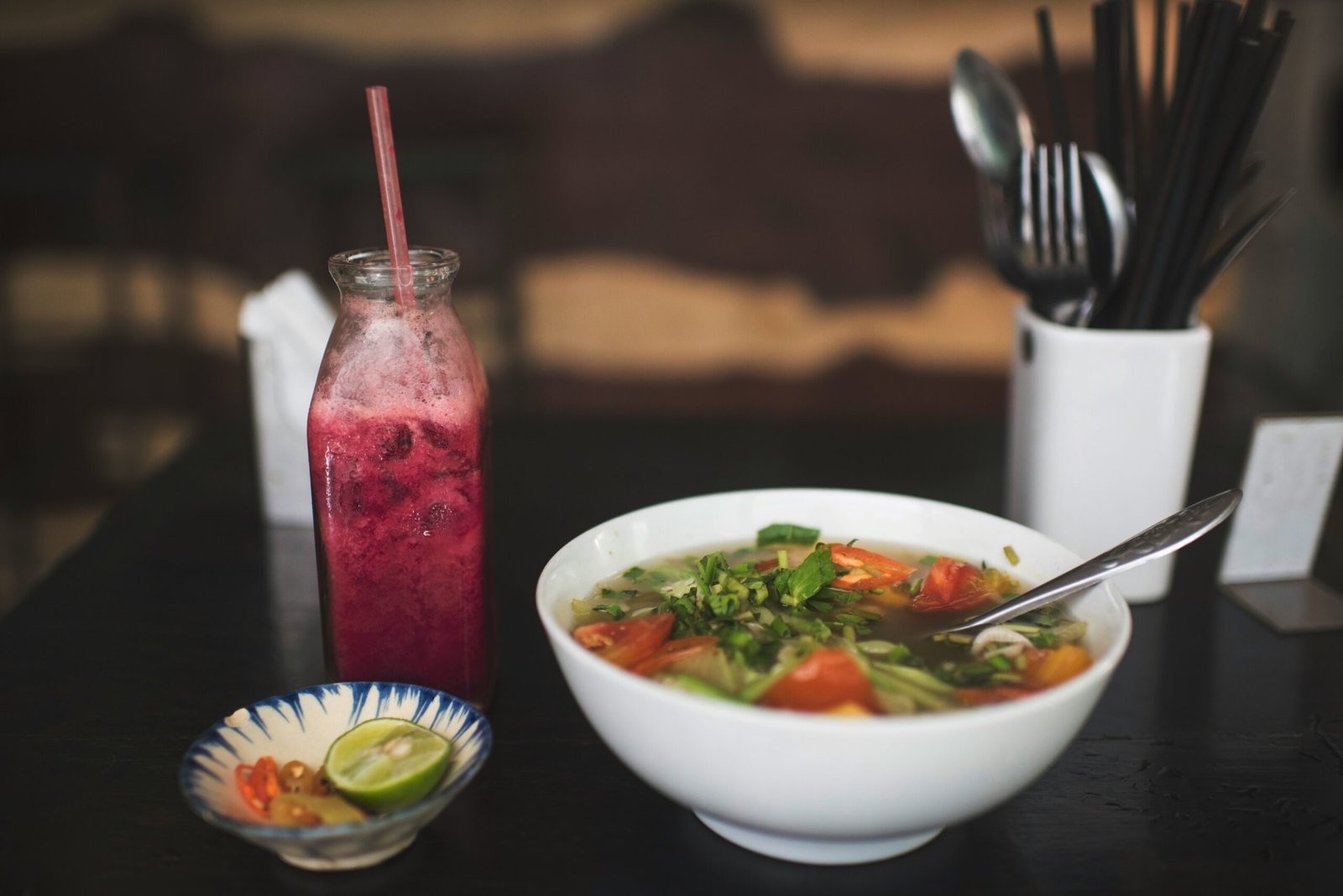Malaysian cuisine is so diverse to show the cross-overs of the delicious and distinct identity of flavours of Malaysia’s multi-ethnic background, which has three major ethnic groups: the Malays, the Chinese, and the Indians. This diverse paragon is reflected in an attractive and highly developed culinary, which uses spices generously and is characterized by traditional ways of preparing food and the use of tropical ingredients, the combination of which gives original, intense, and unforgettable meals.
Spices in Malaysian Food
Spice as seasoning is one of the most distinctive characteristics of Malaysian food. Most recipes contain ginger, developing pungent fragrance, and citreoline, creating a rich flavor and golden color in such dishes as curries and stir-fries. These flavors are additionally improved by the conventional strategies of cooking and food preparation that are carried forward by means of generations. In slow-cooked curries or quick stir-fry methods used in noodles, a cultural texture of preparations is well reflected.
Local spices are also used prominently and convey attractions of Malaysia’s naturally resourceful geography. Among the contents, fresh coconut milk, pandan leaves, and variations of seafood are often used as it enhances the menu of Malaysian cuisine. The culture of street food is especially popular and vibrant within Malaysia, hawker centers and night markets that boom with people who want quick, tasty and cheap dishes.
Cultural Significance of Food
Whilst the plate has unearthed a more illustrative symbol of Malaysia, food in the same nation exudes social and cultural aspects. It is a focal point during family functions and meetings, religious occasions, and other public ceremonies, which seem to strengthen the relations and cultural norms. This is evident in the social Malaysian dining practice in which food is both the physical and symbolic carrier of people’s social experiences.
Thus, Malaysian cuisine is more than simply a representation of the country’s agriculture but also its ethnicity and society. Interpreting a combination of à la carte, menu, and blend of Berber couscous and Portuguese flavors, which give a unique experience to the guests.
Iconic Malaysian Dishes
Nasi Lemak
From the places proven to be the haven for every food-lover to the different cultural influences that made Malaysia’s culinary scene what it is today, the following information is very much worthwhile reading. Nasi Lemak is considered the national dish of Malaysia and a Malaysian food guide cannot be complete without it. This aromatic coconut milk rice is normally accompanied by sambal, which is a chili paste, fried anchovies, peanuts, and boiled egg and cucumber. Traditional Malaysian dish, Nasi Lemak could be eaten at any time of the day and everywhere, from home-made to restaurants, to hawker stalls.
Char Kway Teow
Another marvelous creation is Char Kway Teow, which is also a type of street food, that seems to have roots in the Chinese community of Malaysia. This noodle, popularly known as ‘hor fun,’ is a flat rice noodle stir-fried in eggs, prawns, Chinese sausage, bean sprouts, and chives garnished with soy sauce. Prior to serving, Char Kway Teow has been stir-fried in a well-seasoned wok in high flame which gives the dish the Oriental flavors popularly called ‘wok hei,’ or the breath of the wok. It is a favorite meal in hawker centers and night markets as it is one of the endearing meals that are sold in Malaysia by street vendors to tourists.
Rendang
For the different taste buds, one must try Rendang, which is regarded as a heavy meal. Although it stems from the Minangkabau ethnic community in Indonesia and had been assimilated into Malaysian culinary culture, Rendang is a slow-cooked meat with spices stew. It is made using beef or chicken and a combination of spices and coconut milk, lemongrass, galangal, garlic, turmeric, and chili. Due to the slow-cooking process, the meat has to intensively soak up the spices which makes this dish very juicy and tender; it is customarily prepared on festive tables. Rendang is a living proof of how Malaysians have been using the techniques of cooking from generation to generation.
These fifteen dishes can be savored at home with friends and family, in a restaurant, or at the lively hawkers’ stalls; they represent Malaysia at its best. They present a tasty starting point into Malaysia’s rich multiculturalism and a must taste for anyone who wants to discover the huge Malaysian cuisine.
Regional Specialties
Penang
As one of the countries with a diverse culture, Malaysia is more than capable when it comes to holding each of its regions’ cuisine. There are delicious gastronomic delights as well as various mouth-watering foods and beverages in every region that the country offers due to geography, cultural, and historical background of the regions thus making the country a perfect destination for food tourism.
This makes Penang to be dubbed as a culinary tourism destination especially because it is famous for its street food. Penang Asam Laksa is one such dish which is a fish noodle soup with sour and spicy overtones. Mackerel is used in the broth meant to be teamed with rice whereas noodles get garnished with fresh herbs, cucumber, and pineapple giving a feel of Thai influence.
East Malaysia
Thus, transitioning to East Malaysia, one can encounter the peculiarities of the Kadazan-Dusun aboriginal population in the form of the following dishes. One of Malaysia’s local specialties is Hinava, which is claimed to be a Malaysian version of ceviche. It includes raw fish marinated in lime juice combined with bird’s eye chili, ginger, and shallots, and it offers an exciting, sharp, and spicy experience.
Malay Peninsula
In this connective geography, the Malay Peninsula has its own tale of the soup’s evolution, for example, the Laksa Johor from Johor. This dish has Arabian, Indian, and Indonesian origins and replaces the rice noodles with spaghetti and is eaten with a thick spicy fish-based gravy.
Kedah
In the northern region of Malaysia, tourists can find the traditional Gulai Nangka which is a curry of young jackfruit in Kedah. This is due to the use of coconut milk, turmeric, and sweet and savory spiced dishes that replicate the generations’ culinary wisdom.
Terengganu
Finally, the Terengganu state presents Keropok Lekor, which is fish and sago paste, fried till crisp and golden brown. Its taste specifically portrays the seafood wealth that is characteristic of the coastal region.
These regional delights not only keep the visitors satisfied with their taste buds but also serve as a closer look at the richness of Malaysia’s cultural and historical background. The peculiarities of the cuisine in each region are enough to make the gourmands visit every single region in order to taste Malaysia’s diverse foods.
Desserts and Drinks
Cendol
This paper will discuss a number of desserts and beverages that are typical to Malaysia and are indicative of the region’s culinary culture. This section allows you to meet some of the traditional Malaysian sweets which are adored by Malaysians and foreign guests.
An authentic Malaysian delicacy that would be immensely enjoyable is Cendol. This chilled dessert comes with finely grated ice, rice flour jelly made from green pandan, coconut milk, and palm sugar syrup. Cendol is most preferred when the sun is hottest, during the summer; it offers refreshment and a major taste relief to the palate. This is a dessert that does not only nourish the tastes but also familiarizes them with a portion of Malaysian culture pertaining to culinary arts blended with various ethnic backgrounds.
Kuih
Kuih is another candy which is delightful to behold and equally a delight to consume, especially due to its attractive and pleasing colors. Kuih describes a category of small bite or cake-like products that vary in colors and structure. These bakery products can be made by boiling, frying, or baking and mostly consist of rice flour, coconut milk, and palm sugar. Some of them are Kuih Seri Muka, which has a green color pandan custard layer placed on sticky glutinous rice, and Kuih Lapis, which has many layers and is colorful. Kuih can be consumed during celebrations, functions, and tea-time treats illustrating Malaysia’s celebration and togetherness facets.
Teh Tarik
Regarding beverages, one of the most popular and exclusively Malaysian products is Teh Tarik, which can be regarded as the country’s unofficial drink. Meaning “pulled tea,” Teh Tarik is a milk tea that is whipped up by flipping it back and forth between two containers, each time pouring the mixture from a height. Besides cooling the tea to the ideal serving temperature, this process also forms a special layer of froth on top. It is consumed hot and originally served in mamak stalls where people go to socialize and relax.
Air Batu Campur (ABC)
Air Batu Campur (ABC) is another much-favored frozen dessert that is similar to any other top-notch ice concoction. ABC is made up of shaved ice, different flavored syrups, red beans, corn, and cubes of jelly. Additional garnishes of ice cream and sweetened condensed milk are preferred, which makes it a good dish for those very hot afternoons. This drink proves that texture and taste complement each other and perfectly reflects the tendency in Malaysian cuisine.
It is easily discernible that these desserts and drinks represent Malaysia’s rich and innovative food industry that creates scrumptious and unforgettable meals. These are necessities that you just can’t miss to grab if you are a local or a tourist in Malaysia.







